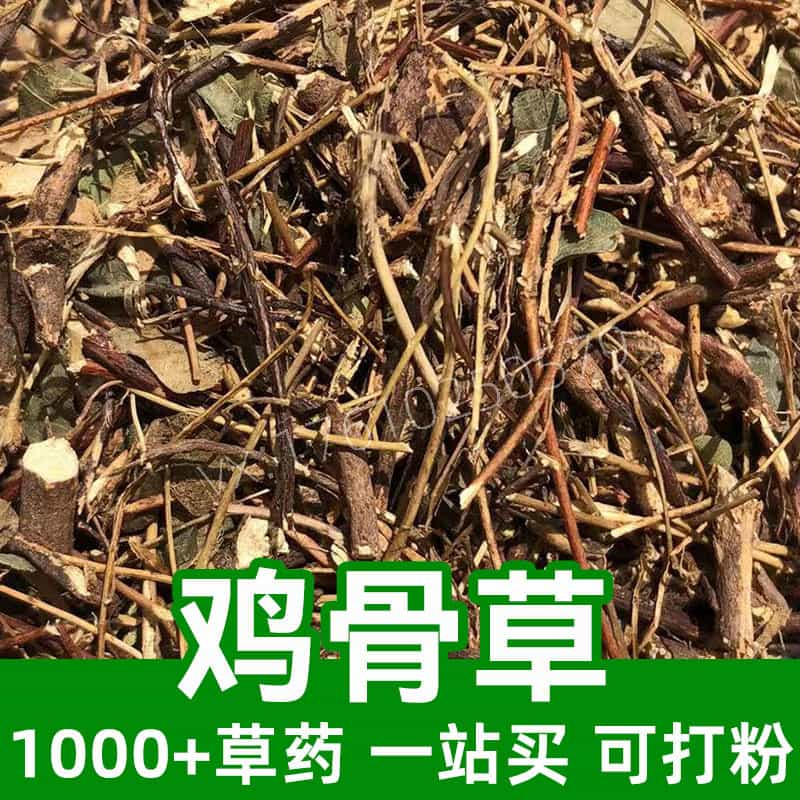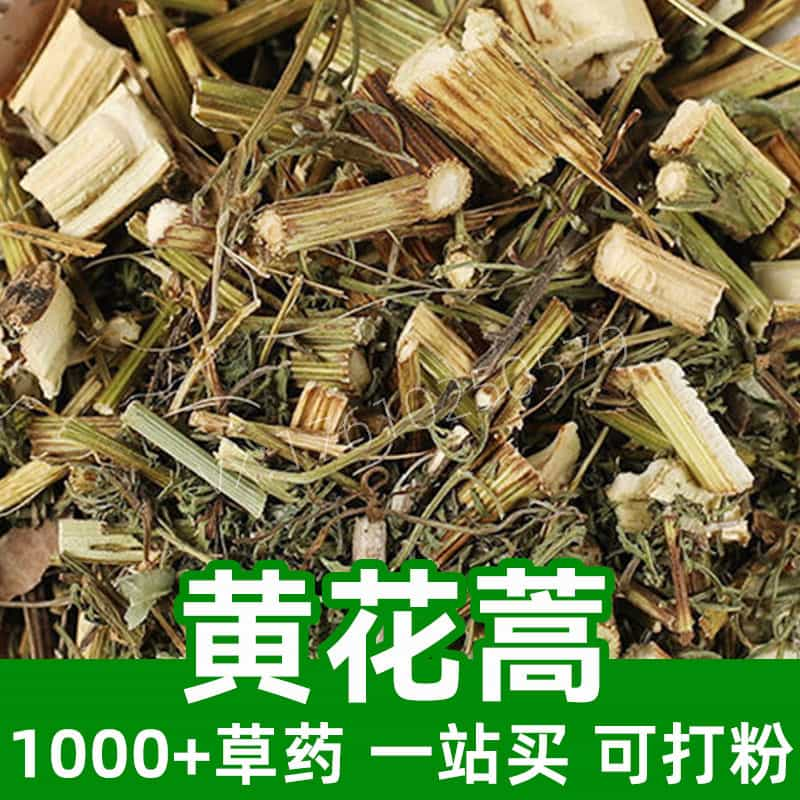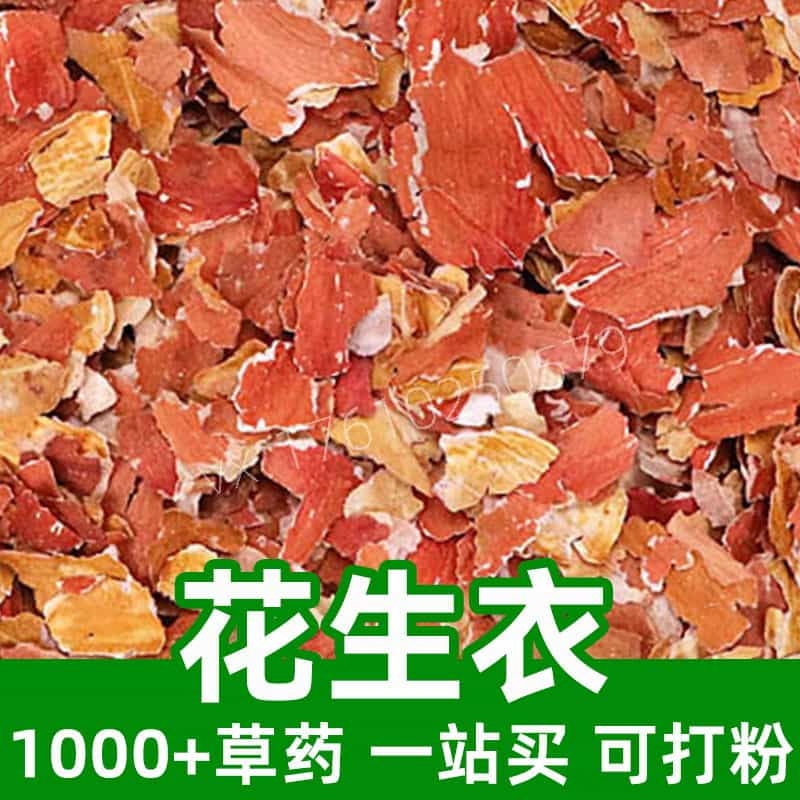Product Introduction
Phytolacca Root, derived from the Phytolacca americana plant, is a notable herb in traditional herbal medicine. Characterized by its fleshy roots and striking purplish-black berries, this herb has a long history of use in various herbal practices. Commonly referred to as poke root, it was historically used by Native Americans for its various properties. The rich composition of the root contains alkaloids and flavonoids, which are believed to provide numerous beneficial attributes. Phytolacca Root is typically harvested in the fall when the root has matured and concentrated its active compounds. In terms of application, it has found a place in traditional Chinese medicine (TCM) for its potential in promoting detoxification within the body, purportedly supporting organs like the liver and spleen. However, it is essential to approach its use with caution and under professional guidance due to its potency and potential toxicity in higher doses. Thus, understanding Phytolacca Root is key for anyone interested in its herbal use, its historical context, and its various applications in modern herbal practices.
Main Active Ingredients
Phytolacca Root is rich in several active compounds, which include alkaloids such as phytolaccin, phytolaccagenic acid, and other phytochemicals, including flavonoids and sterols. Phytolaccin is particularly noteworthy as it is recognized for its bioactive properties, contributing to the root's overall effects in traditional herbal applications. Alkaloids present in the root are known for their potential stimulant and restorative qualities, impacting metabolic functions. Furthermore, phytolaccagenic acid has shown anti-inflammatory qualities, thereby improving potential responses in common health concerns among users of traditional medicines.
The flavonoids and sterols present in Phytolacca Root are also significant, as they play essential roles in cellular protection and may contribute to the modulation of bodily functions, promoting balance and support for vital organs. These compounds may work synergistically to enhance the overall therapeutic profile of the root, making it a valuable ingredient in herbal formulas.
In terms of chemical composition, analysis of the root has indicated that it may also contain tannins and resins, which contribute to its characteristic bitter taste and potential digestive properties. Due to its rich array of active ingredients, Phytolacca Root is embraced in herbal formulations but must be utilized wisely due to its potent nature and the regulations surrounding its use within various regional practices.
Product Application Scenarios, Usage, and Dosage
In traditional Chinese medicine (TCM), the use of Phytolacca Root is varied and is often integrated into formulas designed to address specific health considerations. It is primarily recognized for its role in detoxification and the support of various bodily systems, including the liver and immune functions. Herbalists typically employ Phytolacca Root in formulations intended to enhance circulation, promote the elimination of toxins, and provide a purifying effect throughout the body.
Phytolacca Root is generally administered as a dried root, powdered supplement, or in tinctures, allowing for flexibility in dosage according to the desired effect. For traditional use, dosages are often determined based on individual health conditions and the guidance of a qualified herbal practitioner. Typical dosages range from 1-3 grams of dried root powder per day, depending on specific applications, but significant caution should be exercised as higher amounts can be toxic. Therefore, it is essential for users to consult with knowledgeable herbalists or practitioners who specialize in TCM to ensure safety and effectiveness.
The root's bitter taste may also play a role when incorporated into dietary practices. Some herbalists recommend it in small amounts in teas and broths that aim to support detoxification or digestive health. Users can find value in its use as part of a comprehensive approach to well-being, but using Phytolacca Root should always be approached carefully and with thorough understanding of its effects.
Introduction to the Source Plant, Distribution, and Growth Environment
Phytolacca americana, commonly known as pokeweed, is the source plant for Phytolacca Root. This perennial herb is native to North America and is recognized for its distinctive growth characteristics, which include tall, upright stems that can reach heights of up to 10 feet. The plant typically flowers in late spring to early summer, producing clusters of small, white flowers that eventually develop into dark purple berries by late summer.
Pokeweed thrives in moist, well-drained soils and is commonly found in disturbed areas, such as along roadsides and fields. It prefers partial to full sunlight and can adapt to various soil types, but is more commonly seen in loamy soils that retain a certain level of moisture. Its resilience to varying environmental conditions contributes to its widespread distribution across the eastern United States and into Canada, with some populations reported in southern European regions.
The growth cycle of Phytolacca americana is significant, as the best quality roots are generally harvested in the fall when the plant has reached full maturity. The roots are fleshy, typically growing deeply into the soil, which allows for the accumulation of active compounds that are harvested for medicinal use. As the plant propagates readily through seeds, careful management of populations is necessary to prevent overharvesting in wild situations. As an herbaceous perennial, Pokeweed plays an essential role in its ecosystem, and its cultural significance, alongside its medicinal applications, has led to its continued interest among herbalists and traditional medicine practitioners around the world.
Harvesting, Processing, and Storage
Harvesting Phytolacca Root is a process that requires precision and care, typically taking place in the fall season when the roots have fully developed and the active constituents are at their peak. During harvesting, it’s essential to utilize proper tools to gently excavate the roots from the soil without causing damage to the plant, allowing for the possibility of future regeneration. Experienced herbalists recommend careful selection of healthy plants, ensuring that roots are sufficiently large, firm, and free from diseases or pests.
Once harvested, the roots must go through an immediate processing stage. This processing typically includes cleaning the roots to remove any soil or debris. The cleaned roots are then cut into smaller segments to promote even drying, which is a critical step to preserve the active compounds. Drying can be performed through air drying, though modern methods such as dehydrators ensure consistency and reduce the risk of mold or degradation during the drying process.
Once adequately dried, Phytolacca Root can be stored for later use. It is crucial to keep the dried roots in an airtight container to protect them from moisture and air exposure, which can affect potency. Ideally, storage should occur in a cool, dry environment, away from direct sunlight to maintain their efficacy for an extended period. Proper labeling with the harvest date can also help users keep track of potency.
In summary, from harvesting to processing and storage, each phase is critical in ensuring that Phytolacca Root retains its valuable qualities throughout its journey from plant to medicinal product. Careful attention to these practices not only enhances the quality of the herbal remedy but also supports the principles of sustainability and respect for the natural resources utilized in traditional herbal medicine.
Monica Sun is a seasoned expert in the natural raw materials industry, with over a decade of experience specializing in traditional Chinese medicinal herbs, spices, and fungi. She is skilled in the sourcing, processing, and application of these materials, emphasizing sustainability and innovation. Monica Sun has contributed to the development of high-quality natural raw materials that serve as essential components in functional foods, pharmaceuticals, and cosmetics, delivering tailored solutions to meet diverse market needs.














